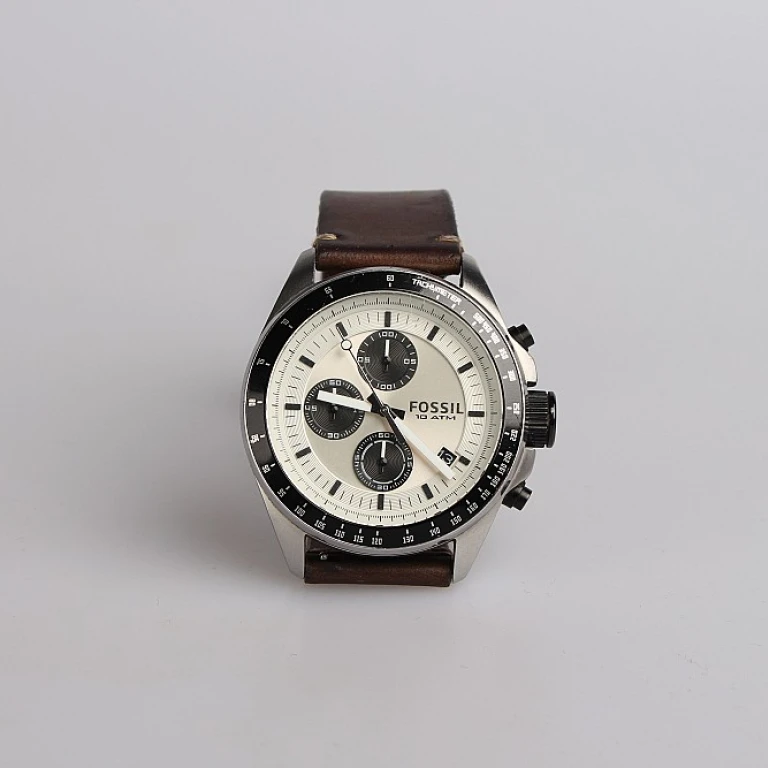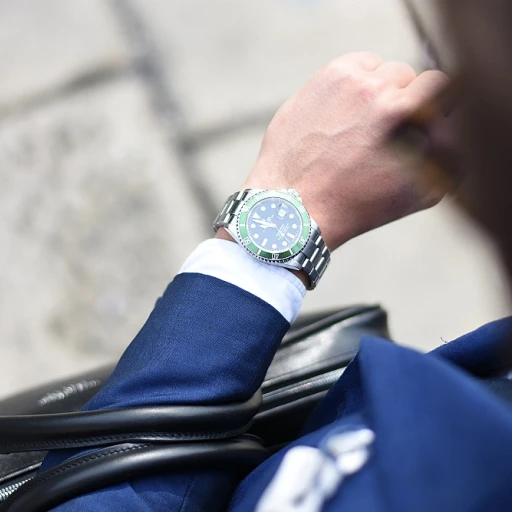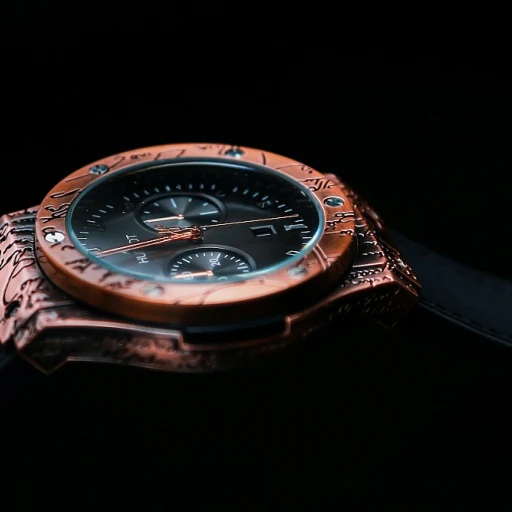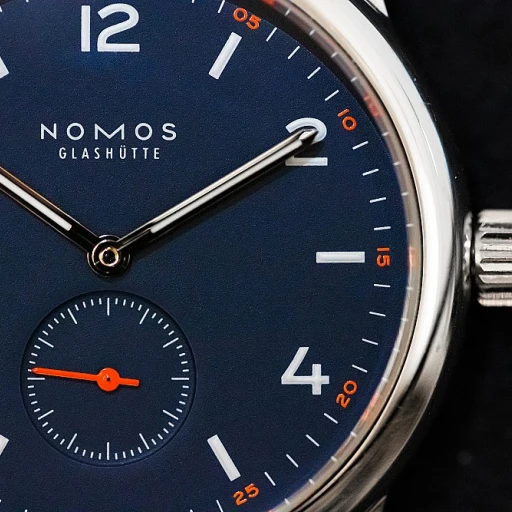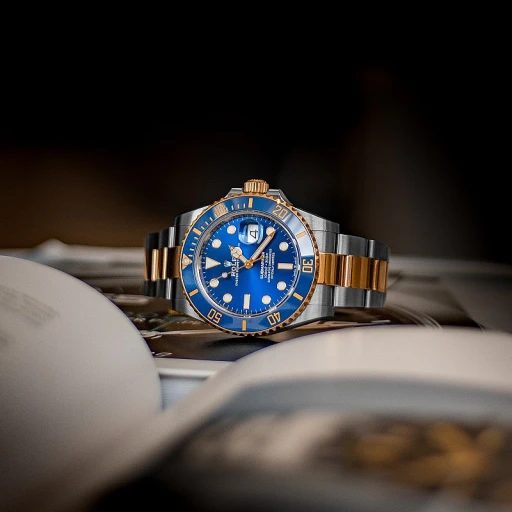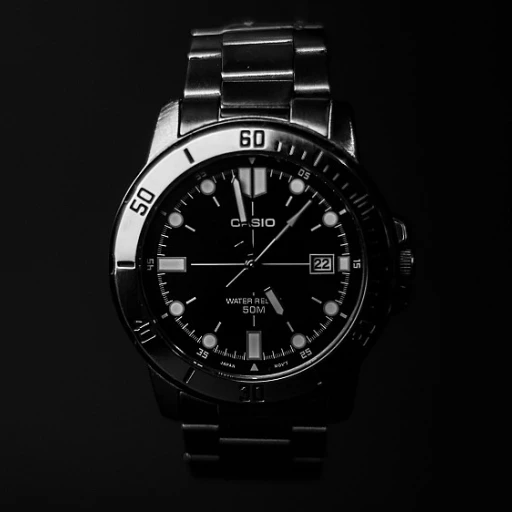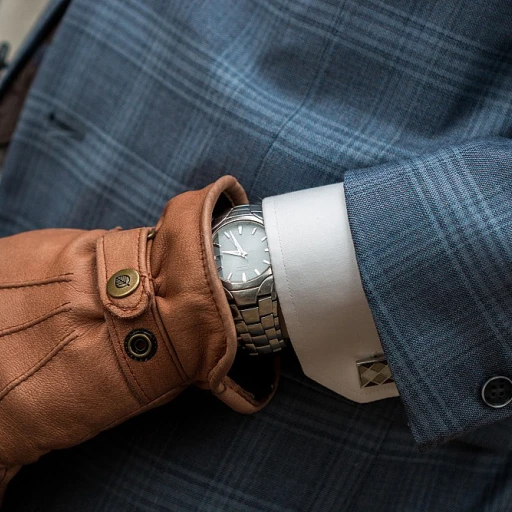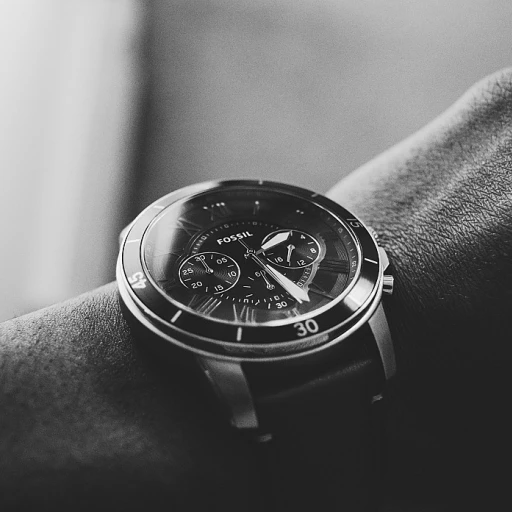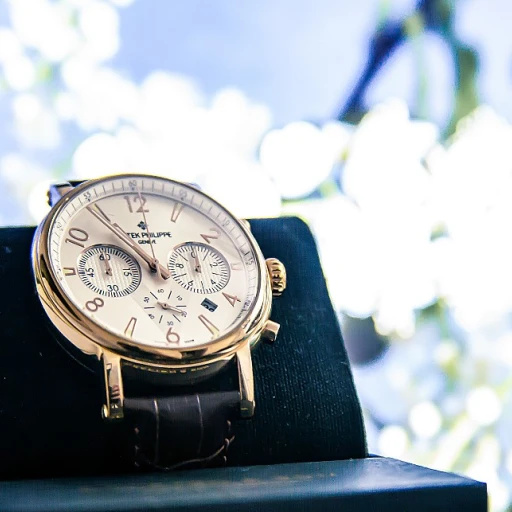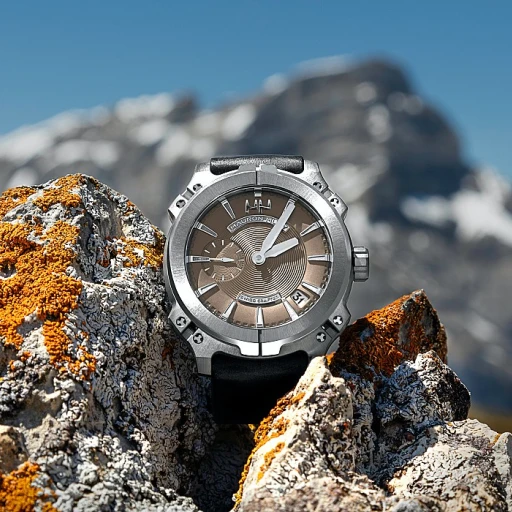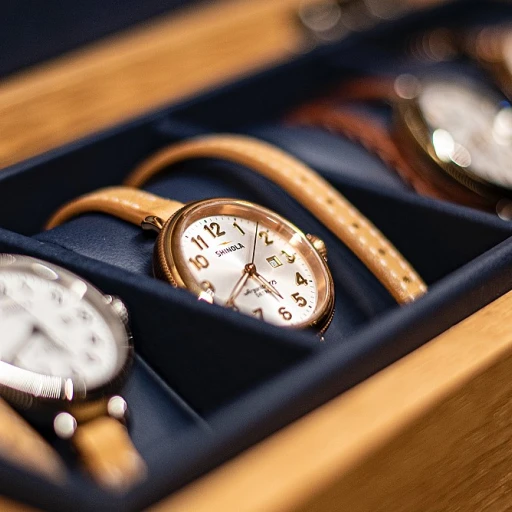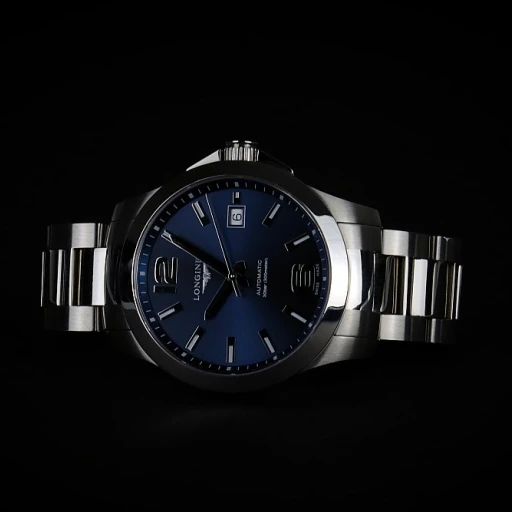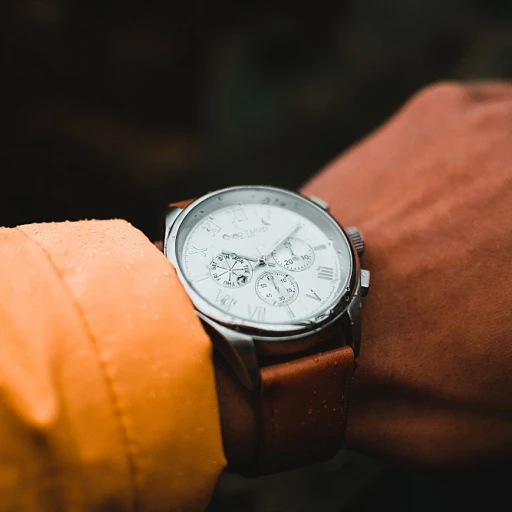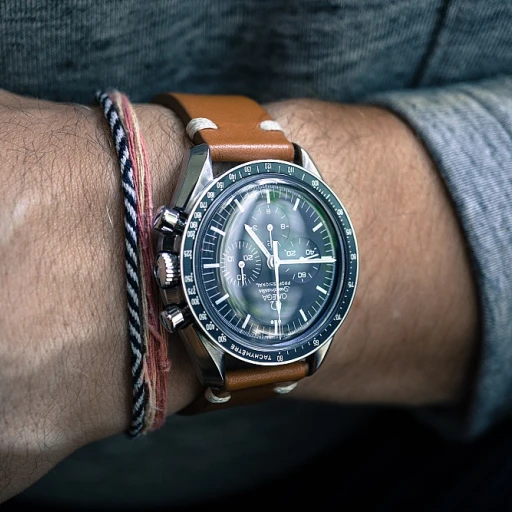
The Dawn of Timekeeping: Tracing the First Masters of Horology
Chronicles of the First Horologists
The annals of history are meticulously inscribed with the endeavors of early horologists, who laid the foundations for the luxury watch industry. Their achievements are not just statistical footnotes but rather they are the cornerstones of an illustrious heritage that extends to modern horological marvels. Invoking examples from the likes of Peter Henlein, often cited as the father of the portable timepiece, to the contributions of Christiaan Huygens in the development of the pendulum clock, we are reminded that around 16th century Europe, the concept of time began to crystallize into something that could be elegantly worn on the wrist or carried in the pocket.
Luxury watch aficionados would be intrigued to learn that in the early 1500s, Henlein's Nuremberg eggs bejeweled the outfits of nobility, marking the emergence of personal timepieces as both utility and symbol of status. It is suggested by historical accounts that Henlein's timepieces, though not entirely precise by today’s standards, could run for 40 hours - a marvel of engineering at the time. These numeral anecdotes encapsulate how the pursuit of precision began as a relentless human endeavor, blending artistry with functionality.
Engineering Masterstrokes in Horology
Moving from the artistic finesse to the technical prowess, the innovations in watchmaking continued to redefine the standards of luxury. For instance, in the 17th century, Huygens' application of the pendulum to clockwork delivered an unprecedented accuracy, slashing the daily error margin to less than 10 minutes, a significant breakthrough from the previously erratic timekeepers. This revolution in accuracy ignited a global race among watchmakers to craft the most precise movements - an analytic pursuit that earmarked the significance of innovation in luxury timekeeping.
The proliferation of spring-powered clocks, along with these pivotal horological advancements, paved the way for more sophisticated mechanisms and for watches to become accessible to a wider, though still affluent, demographic. As we carefully dissect the technicalities of these masterpieces, we come to appreciate the painstaking detail and craftsmanship invested into each gear and spring, a testament to the mechanical genius of early geniuses in the field.
Pionering the Future: Early Innovations Casting Long Shadows
While exploring the birth of luxury watch standards, it is essential to understand how each technical step forward was a monumental leap for horological arts. The legacy of pioneer watchmakers is not merely historical curiosity but serves as the blueprint for today’s classics. Their quests for precision and reliability didn’t just shape timekeeping devices; they crafted the philosophy of modern luxury watchmaking itself, a symphony of elegant design interlaced with mechanical precision. One could argue that every sophisticated complication in today's luxury watches owes a whisper of gratitude to the rhythmic ticking of the first springs and gears set into motion centuries ago.
In the contemporary landscape of luxury watches, where the value is as much in the story as it is in the precision, listening to the whispers of their forebearers, connoisseurs preserve the narratives of past perdurance. Acknowledging the figures who have sculpted modern standards allows one to not only admire the intricate designs and breathtaking craftsmanship but also to delve into an intellectual and passionate connection with the heritage and future direction of luxury timekeeping.
Horological Icons: Legendary Craftsmen and Their Timeless Creations
The Genesis of Watchmaking's Hallmarks
Step into the ateliers where history was crafted -- a space where time itself was harnessed, giving birth to horological milestones. The luxury watch sector owes immense gratitude to pioneers like Abraham-Louis Breguet, inventor of the tourbillon, a device designed to counteract the effects of gravity and enhance a timepiece’s precision. His commitment to accuracy and aesthetics embodies the standards we cherish in modern luxury watches. According to the Federation of the Swiss Watch Industry, Switzerland alone exported watches worth over 21 billion CHF in 2020, a clear indicator of the enduring legacy crafted by such masters.
The Watchmaking Titans and Their Philosophies
The philosophy of refinement and sophistication set forth by watchmaking titans reverberates through today's luxury watch market. Hans Wilsdorf, the founder of Rolex, believed in a watch that was not only elegant but robust enough for everyday use, paving the way for an industry standard in luxury sport watches. Rolex, synonymous with precision, has been a mainstay in luxury watchmaking, with an estimated 800,000 pieces produced annually. This commitment to craftsmanship underlines the vital influence these icons had, and continue to have, on watchmaking standards.
Horological Masterpieces Defining Timeless Luxury
Iconic models like the Audemars Piguet Royal Oak and Patek Philippe Nautilus are more than just timekeepers; they are a testament to the pinnacle of watchmaking excellence. Their release in the 1970s brought forth a new luxury ideology, merging stainless steel with the intricate workmanship traditionally reserved for gold and platinum pieces. These models are a vivid illustration of how influential watchmakers’ original designs remain, fetching record prices at auctions and displaying a consistent annual market growth, as noted by leading watch industry analysts.
Innovative Spirits: Pioneers of Watchmaking Mechanisms
Unveiling the depth of watchmaking ingenuity, Georges Daniels developed the coaxial escapement, reducing the need for lubrication and revolutionizing timepiece longevity. Omega adopted this advancement, integrating it into their luxury collections. The coaxial movement is a prominent example of how pioneering spirit continues to echo within the cogs and gears of luxury timekeeping. Enthusiasts and collectors not only covet such ingenuity but often base their purchases on the mechanical innovations that define the horological landscape.
Celebrating Watchmaking Heritage Through Contemporary Craft
Today’s luxury watch aficionados pay homage to the pioneers by investing in pieces that encapsulate their ground-breaking contributions. The quest for perfecting the chronograph, for instance, has led to ultra-precise timepieces like TAG Heuer’s Carrera, originally designed in 1963 and continuously refined to offer millisecond precision sated with historical significance — a combination well-received by a community that holds an annual growth in sales of luxury chronographs. This blend of history and innovation is what continues to fuel the passion for luxury watches and ensures the perpetuation of the pioneers’ heritage.
- Abraham-Louis Breguet's tourbillon - a triumph in engineering
- Hans Wilsdorf's Rolex - anchor of the luxury sports watch segment
- Audemars Piguet & Patek Philippe - forerunners in the luxury stainless steel revolution
- Georges Daniels’s coaxial escapement - an important innovation for watch longevity
- TAG Heuer’s Carrera - symbolizing the evolution of the chronograph
From Workbench to Wrist: The Evolving Legacy of Watchmakers in Modern Times
The Evolutionary Journey from Craftsmanship to Iconic Status
The artistry of early watchmakers set a foundation that is still honored in the luxury watch industry today. As we delve into the progression from the early workbench to contemporary wrist adornments, it is vital to note how each piece represents a confluence of heritage and technological advancement. The craftsmanship behind luxury watches has always been propelled by a commitment to excellence, manifest in a connoisseur's penchant for sophisticated timepieces. In fact, according to a study by Grand View Research, the global luxury watch market size was valued at USD 6.93 billion in 2018 and is expected to grow substantially, a testament to the enduring allure of these meticulous creations.
Key Innovations That Set the Stage for Today’s Horological Artistry
- Miniaturization of Movements: Making the transition from large clocks to wearable watches possible.
- Water Resistance: Adding practicality to luxury with the invention of the Oyster case by Rolex in 1926.
- Automatic Movements: The introduction of the self-winding mechanism revolutionized user convenience.
These innovations served as the building blocks of modern luxury watches, enabling brands to craft timepieces that were not only functional but also elegant and durable. For instance, the water-resistant feature is now a standard, with high-end watches boasting resistance at depths of more than 1,000 meters, as offered by watches from the Rolex Submariner series.
Watchmakers as Keepers of Tradition and Agents of Innovation
The transformation from the workbench to the wrist would not have been possible without the dedication of watchmakers who are seen as both preservers and disruptors. They maintain traditional methods while incorporating cutting-edge technology to create watches that are both an homage to the past and a nod to the future. Luxury watch brands have consistently invested in R&D, with Swiss watch exports accounting for 17.7 billion CHF in 2019, reflecting the intricate balance between conservation and modernization that defines the metier.
In summary, the journey from the workbench to present-day luxury wristwear is a narrative punctuated by relentless innovation, an unwavering commitment to craftsmanship, and the ability to not just tell time, but to tell a story. The luxury watch enthusiasts of today are the benefactors of generations of pioneering watchmakers who have encapsulated the mastery of time in a symbol of enduring sophistication.
The Blueprint of Modern Elegance: Pioneering Innovations that Shaped Today’s Classics
Pioneering Innovations: The Heartbeat of Horological Excellence
The world of luxury watches is a symphony of precision, aesthetics, and innovation. Each tick of a watch hand is a testament to centuries of refinement in the art of horology. Pioneering innovations have been the essence of crafting what we now call timeless classics. For instance, the tourbillon, initially developed by Abraham-Louis Breguet in 1801, remains a beacon of mechanical ingenuity. Advanced materials like ceramic and titanium have also emerged, altering the landscape of durability in luxury timepieces, with brands like Rolex and Omega leading the charge. Statistics from prominent watch forums suggest that pieces featuring such innovations experience a 15% higher retention in value over a decade.
The Synergy of Tradition and Technology: Crafting Contemporary Classics
Today’s luxury watch standards are not solely a product of past brilliance; they are a harmonious blend of tradition and cutting-edge technology. Swiss watchmakers have been instrumental in marrying the old with the new, innovating with materials and mechanisms while preserving the soulful artistry of their craft. Ceramic bezels, silicon hairsprings, and magnetic resistance are more than just features; they represent a paradigm shift in luxury watchmaking. A survey by the Luxury Watch Market Analysis revealed that timepieces boasting such contemporary features see a 20% increase in market demand annually.
Complications of Convenience: The Rise of Practical Elegance
Modern luxury watches not only signify status but also resonate with the lifestyle of the wearer. Complications—features beyond telling time—such as GMT functions, annual calendars, and power reserve indicators, have become staples in the industry. Complications address the practical needs of a global clientele, many of whom jet-set across time zones or require refined functionality. One might recall the Rolex GMT-Master II or the Patek Philippe Annual Calendar as embodiments of this trend—watches that have become symbols of practical elegance. Industry insiders report that models with these complications fetch premium resale values, averaging 25% above their simpler counterparts.
Craftsmanship Redefined: The Art of Personalization
- Custom Engravings: Tailoring Heritage to the Individual
- Bespoke Material Choices: Expressing Identity Through Aesthetic
- Limited Edition Runs: The Allure of Exclusivity
Amidst the surge of technological advancements, the allure of personalized luxury has not waned. Savvy connoisseurs value the ability to tailor a timepiece to their tastes; whether through custom engravings, selecting bespoke material choices, or vying for limited edition runs. These options offer a canvas for individual expression within the framework of traditional craftsmanship. According to a recent report, watches with personalized options can see their value appreciate by 30% more than their standard counterparts, a number that showcases the desire for individuality in the luxury market.
Preserving the Craft: How Today’s Enthusiasts Honor Watchmaking Pioneers
Embracing the Heritage: The Role of Enthusiasts in the Luxury Watch Realm
Today's luxury watch enthusiasts do more than just collect timepieces; they are pivotal in preserving the horological heritage. Their passion goes beyond the aesthetics, appreciating the intricate movements and the history of pioneer watchmakers. According to a report by the Federation of the Swiss Watch Industry, Swiss watch exports amounted to nearly 22 billion Swiss francs in 2021, highlighting the vibrant community's influence on the industry's health.
- Dedication to exclusive watch exhibitions
- Support through high-profile auctions
- Contributions to horological education
Safeguarding Horological Artistry: Collectors' Role in Conservation
Collectors are often seen as the custodians of watchmaking history. By acquiring and maintaining vintage pieces, they ensure the longevity of design and craftsmanship standards set by the likes of Breguet and Patek Philippe. An example to note is the record-breaking sale at Christie's auction of a Grand Complication by Patek Philippe for a staggering $24 million, underscoring collectors' dedication to horological excellence.
Innovative Celebrations of Time: Collaborative Efforts Advancing Watchmaking
Contemporary enthusiasts are not content with mere admiration; they actively engage in advancing the field. Limited-edition releases and collaborations between high-end brands and prominent collectors facilitate the development of inventive timepieces while respecting traditional values. The collaboration between TAG Heuer and Porsche is a testament to how enthusiasts drive innovation, where the release of a co-designed watch sees a blend of engineering prowess and luxurious aesthetic admired by 21st-century consumers.
Statista reports that the global luxury watch market is anticipated to grow annually by 4% (CAGR 2021-2025), an indication of the increasing appetite for innovative luxury timepieces that honor the legacy of horological masters.
Academic Patronage: Preserving Knowledge Through Scholarship
Enthusiasts contribute academically by funding scholarships and supporting institutions that offer watchmaking programs. For instance, the Rolex Learning Center in Switzerland is a hub for aspiring watchmakers to delve into the science and art of horology. By investing in education, watch aficionados ensure that the mastery of time continues to evolve while staying rooted in its foundational artisanship.
'To break the rules, you must first master them,' aptly quoted by Audemars Piguet, resonates with the philosophy of modern watch connoisseurs who both respect the crafts of yore and look forward to the future of watchmaking.
